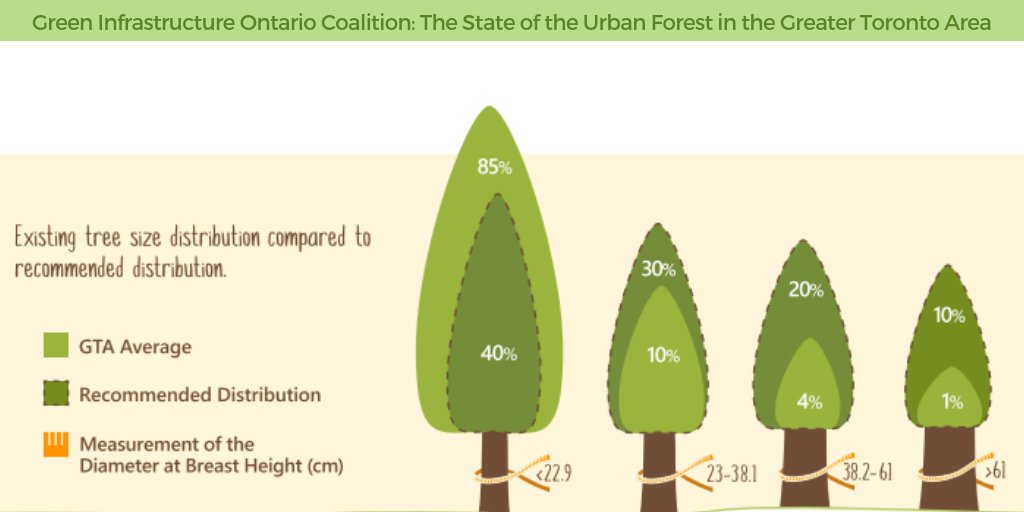Critical Indicators That Indicate It Could Be Time To Remove A Tree On Your Residential Or Commercial Property
Critical Indicators That Indicate It Could Be Time To Remove A Tree On Your Residential Or Commercial Property
Blog Article
Content By-Fagan Randall
If you've noticed indications like noticeable degeneration, comprehensive damages, or dead branches on a tree in your lawn, it might be time to consider removing it. Leaning or unpredictable trees can position a significant danger, and overhanging branches near your home can bring about prospective crashes. However, there's one vital element you should not overlook when examining whether a tree needs to be eliminated. It's a refined yet significant indicator that might impact not just your home but also the bordering setting.
Noticeable Degeneration and Damages
If you notice significant noticeable degeneration or damage on your tree, it might be time to think about removing it from your building.
https://www.realtor.com/advice/home-improvement/low-maintenance-landscaping-ideas/ of degeneration, such as big cavities, deep splits, or extensive decaying locations, can damage the tree's framework and pose a security threat. Dead branches, peeling off bark, or fungal development on the trunk are also indicators that the tree's wellness is endangered.
These issues can make the tree more susceptible to toppling over throughout solid winds or tornados, possibly creating damage to your property or positioning a risk to people close by.
In addition, trees with substantial decay or damages may not recoup even with specialist care and upkeep. By promptly resolving trees showing noticeable indications of wear and tear, you can protect against accidents and protect your building.
Leaning or Unpredictable Tree
When observing a tree on your property that's noticeably leaning to one side or shows up unsteady, it's critical to evaluate the circumstance without delay. Leaning trees can be an indicator of structural concerns or origin damage that might compromise the tree's stability. An unsteady tree presents a significant threat of dropping, possibly creating damages to your property or presenting a safety danger to people close by.
To establish the extent of the circumstance, begin by assessing the angle of the lean and whether it has been progressively aggravating with time. Evaluate the tree for any kind of noticeable signs of damage, such as fractures in the trunk or exposed origins.
If the tree is leaning as a result of root concerns, it might not be salvageable and could present a greater danger as time takes place.
If you discover a tree on your property that's leaning or unsteady, it's suggested to get in touch with a professional arborist to evaluate the tree's wellness and recommend the very best course of action, which might consist of tree elimination to stop any kind of prospective crashes or damages.
Overhanging Branches and Deadwood
Concerned concerning the trees on your residential or commercial property? Looming https://loveland-training-and-cer88765.ziblogs.com/33142463/advancements-in-stump-grinding-innovation-vital-trends-to-watch-on and nonessential can posture serious risks that suggest it's time to eliminate a tree.
Branches that cross your residence, garage, or other structures can end up being unsafe throughout tornados, possibly causing damage or injury if they break short.
Deadwood, which are branches that have passed away and not lose from the tree, can also drop suddenly, posturing a threat to any individual listed below.
It's important to resolve overhanging branches and deadwood without delay to avoid accidents. Routinely check your trees for indicators of deadwood or branches extending as well far. If you discover any type of, it's best to have an expert arborist assess the situation. They can securely remove the harmful branches or advise tree removal if the threats are expensive.
Do not ignore overhanging branches and deadwood on your trees. Taking aggressive steps to resolve these issues can avoid potential disasters and maintain your building safe for you and your family.
Conclusion
If you notice indicators of visible degeneration, comprehensive damage, or an unsteady tree on your home, it's time to think about removing it. Do not wait until it's far too late and poses a threat to your safety and residential property. Dealing with these warning signs promptly will aid prevent possible calamities and make certain a safe atmosphere for you and those around you. Don't be reluctant to seek advice from an expert for aid in securely removing the tree.
